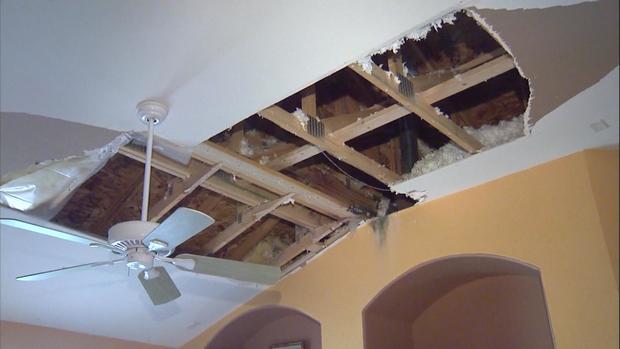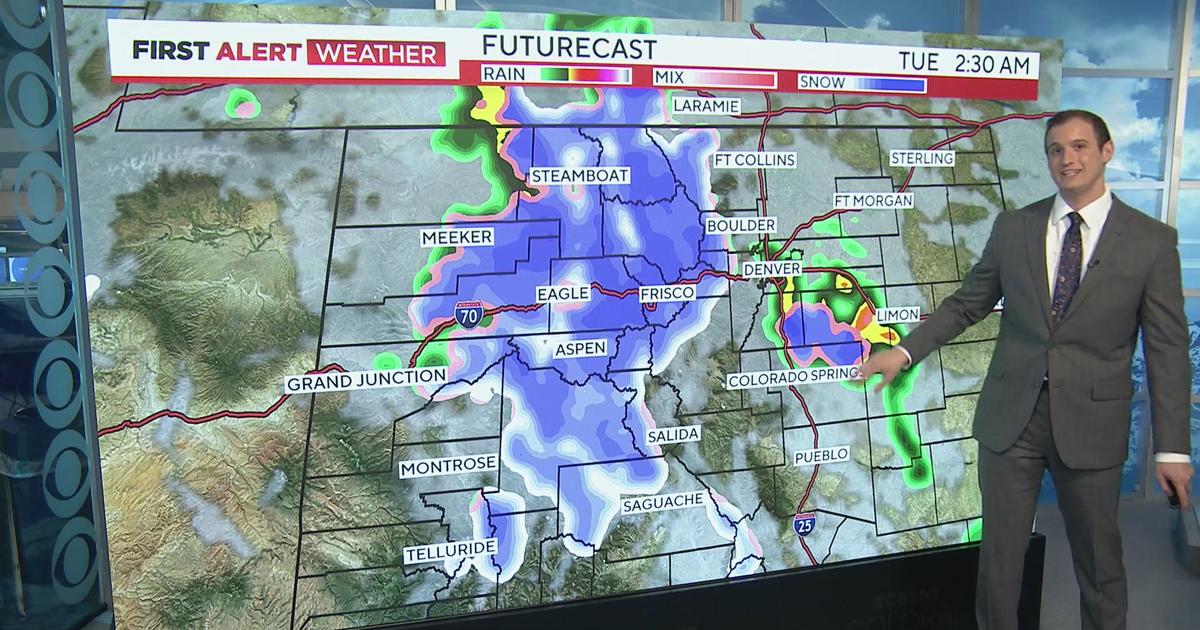Severe Weather Awareness Week: Colorado's Biggest Killer Likely Isn't What You Think
DENVER (CBS4) - Severe thunderstorms pose many hazards across Colorado each year.
We see everything from hail and tornadoes to severe winds and flash floods.
While they can all be deadly, the biggest killer is lightning. On average three people die and 13 are injured each year across our state.
In 2014, there were 2 killed and 12 injured in Colorado by cloud-to-ground lightning strikes.
Besides the threat to life and property, lightning brings another major hazard. It's responsible for most forest and grass fires.
Because of Colorado's dry climate, we often see thunderstorms that produce little in the way of precipitation, but contain plenty of lightning.
This type of lightning is sometimes called dry lightning.
Lightning is also a hazard to aviation although typically airplanes can handle lightning strikes.
RELATED: Icelandair Jet Lands Safely At DIA Following Lightning Strike
Lightning can cause extensive damage to homes as the energy from the bolt looks for the path of least resistance and travels into the ground.
LIGHTNING SAFETY
If you're caught outside when a thunderstorm moves in, immediately head for a substantial building to seek shelter.
Stay away from doors and windows and avoid using anything connected to plumbing or electricity.
Unplug sensitive electronics, such as TVs and computers, especially if they are not on a surge protector.
A hard topped vehicle, such as a car or truck, can also offer protection from lightning.
RELATED: KNOW YOUR COUNTY BEFORE STORMS STRIKE, DOWNLOAD OUR FREE CBS4 SEVERE WEATHER GUIDE
Once inside, do not touch anything metal and keep doors and windows closed.
It's not safe to be under an open-air shelter like a porch, carport, patio or picnic shelter during a thunderstorm.
When the thunder roars, go indoors!
You should stay inside for at least 30 minutes after hearing the last rumble of thunder.
Meteorologist Chris Spears writes about stories related to weather and climate in Colorado. Check out his bio or follow him on Twitter @ChrisCBS4.





